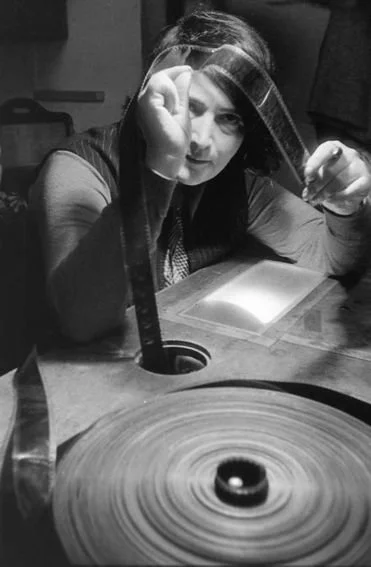hOME IS NOT A land for PEOPLE
The 2020 film "Mapping Lessons" by Philip Rizk emphasizes how the fight for land and the fight for self-determination have always been connected throughout history, uniting people from many time periods and locations in their opposition against oppression. Instead of concentrating on the bloodshed and devastation caused by conflict, the film emphasizes how communities have banded together to support one another and fight oppression.
Communities seize responsibility in any culture and historical setting when state rule fails to protect its people. The Paris Commune of 1871, the Spanish Revolution of the 1930s, and Hurricane Katrina, which struck the United States in 2005, are all intertwined, as the fight for land is a key component of this resistance in each instance. The Communards in Paris seized control of the parks and gardens of the city, converting them into collective areas that opposed the authority of the state. The anarchist movement in Spain campaigned for workers' rights to manage the land they worked on because they thought this was necessary for gaining full independence. Additionally, those who had been uprooted by Hurricane Katrina in New Orleans fought against the forces who wished to prevent them from going back to their homes and neighborhoods.
“I want to juxtapose the struggle for autonomy in Syria with some of those in other places and times, from the Russian Revolution, the Viet Congo resistance, or the Spanish resistance against fascism, to narrative portrayals of the Paris Commune” - Risk
Throughout the film, it becomes increasingly clear that Risk possesses a fervent zeal for repurposing images of historical events, allowing for imaginative and fresh perspectives. In the film, we follow the journey of K, who is traveling from post-revolution Russia to return to her home in Syria during a time of revolution.
The Russian Revolution caused dramatic changes in people's lives, including filmmaker Esfir Shub. In the early 1900s, the Lumière Brothers sent a cameraperson to Russia to showcase the capabilities of their new invention to the tsar. However, as filmmaking equipment became more accessible, the tsar imposed stringent rules on what could be filmed throughout the Empire. On February 17, 1917, the revolutionaries overthrew Nikolai II Alexandrovich Romanov and his family, putting an end to all of this. Only a few years later, editor and filmmaker Esfir Shub came into possession of that collection of royal videos. By skillfully editing the images, she subverted the intentions of their creators and imbued them with new meanings that served a radical counter-narrative.
“Like Esfir Shub, I want to re-edit images to subvert the common narrative about what has been happening in Syria” - Risk
The media shapes our perception of Syria, both in the present and in the past, much like how the tsar's censorship rules controlled what could be filmed. Media narratives serve specific purposes, whether to break news or push a political agenda. Similarly, travel books in 18th century Europe such as “Gulliver’s Travels” and “Equiano's Travels” created a sense of entitlement and ownership over far-off lands during the time of colonization. Travel narratives about the slave trade used fiction to map just as the Lumière Brothers used film.
In "Mapping Lessons" K's journey is different. She is not exploring; she is returning and defying the colonial gaze. Her gaze has also been shaped by the revolution, which is ongoing, and she is part of a revolutionary process.
Ultimately, "Mapping Lessons" is not primarily a film centered on the Syrian revolution. Rather, it examines the theme of autonomy, spanning various contexts such as Syria, Palestine, Spain, Soviet Russia, and beyond. The film highlights the universal struggle for self-determination and self-governance, regardless of cultural or political variations.
"The House" Warsan Shire
For Warsan the “body” is the “home” a shell of protection, the temple of human existence. In Warsan Shire's poetry, the concept of the body is intricately linked to the idea of home … or in her case not having a “home”. Warsan exclaims the body, like the land, is something that we have no ownership over. Our bodies are subject to various forms of violence (physical, sexual, and emotional abuse). Similarly how the land has been subject to colonization, exploitation, and displacement.
"The House” contrasts the reality of being uprooted and dispersed from one's original home with the picture of a house as a symbol of protection and stability “ No one leaves home until / home is the jaws of a shark”. Overall, "The House" serves as a powerful commentary on the human cost of colonization and the ongoing struggle of refugees to find a sense of belonging and safety in a world where they are often marginalized and oppressed.




